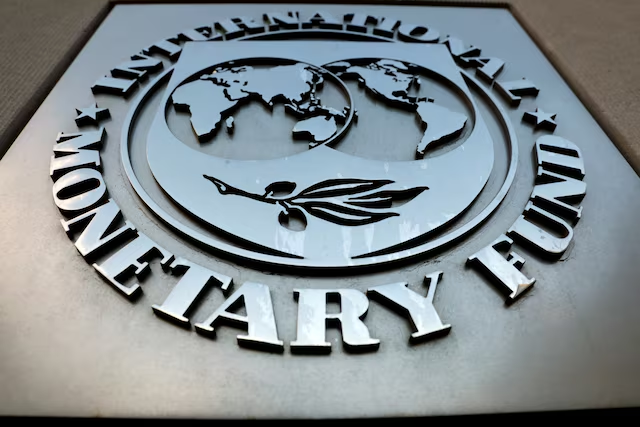The International Monetary Fund (IMF) has issued a stark warning in its latest Fiscal Monitor report, predicting that global public debt will reach 93% of global gross domestic product (GDP) by the end of 2024 and could approach 100% by 2030. This level would surpass the 99% debt peak seen during the COVID-19 pandemic and marks a significant increase from 2019, when global public debt stood 10 percentage points lower.
The report, released ahead of the IMF and World Bank’s annual meetings in Washington, highlights growing fiscal challenges, particularly in large economies like the United States. The IMF warns that future debt levels could exceed current projections due to increasing demands for public spending, driven by green energy transitions, aging populations, security concerns, and longstanding development issues.
In the U.S., fiscal policy uncertainty and entrenched political resistance to tax increases have added to concerns. Both major political parties are proposing new tax breaks and spending plans ahead of the upcoming presidential election, which could further exacerbate the national debt. According to estimates from the Committee for a Responsible Federal Budget (CRFB), former President Donald Trump’s tax cuts could add $7.5 trillion to the U.S. deficit over the next decade, while Vice President Kamala Harris’s plans are projected to increase the deficit by $3.5 trillion.
The IMF also noted that debt projections often underestimate actual outcomes, with realized debt-to-GDP ratios averaging 10% higher than initial forecasts. A severe economic downturn, tighter financial conditions, and uncertainty in fiscal and monetary policies, particularly in major economies like the U.S. and China, could push global public debt to 115% within three years, according to a “severely adverse scenario” in the report.
To address these challenges, the IMF reiterated the need for fiscal consolidation, emphasizing that strong growth and low unemployment make this an opportune time for action. However, current fiscal tightening efforts, averaging 1% of GDP from 2023 to 2029, are deemed insufficient to stabilize debt levels. In countries like the U.S., China, and others where debt is projected to continue rising, even more significant fiscal tightening may be necessary.
The IMF warned that delaying adjustments could lead to greater financial instability in the future, as high debt levels without credible fiscal plans could trigger adverse market reactions. The report suggested that countries should explore options to broaden their tax bases and improve the efficiency of tax collections, while ensuring that spending cuts do not undermine critical areas like public investment and social services.



